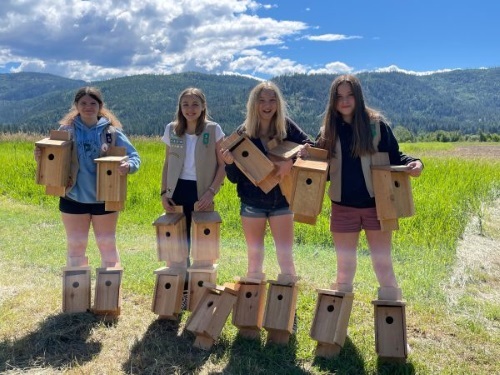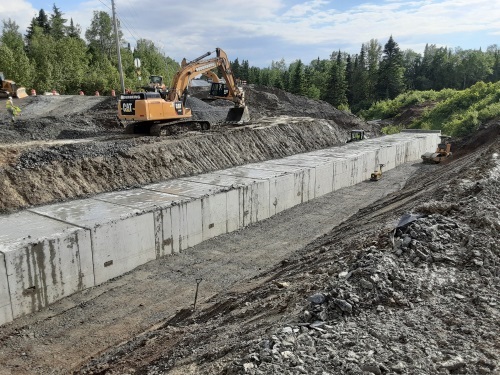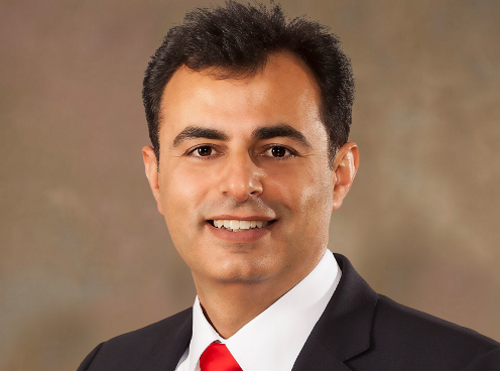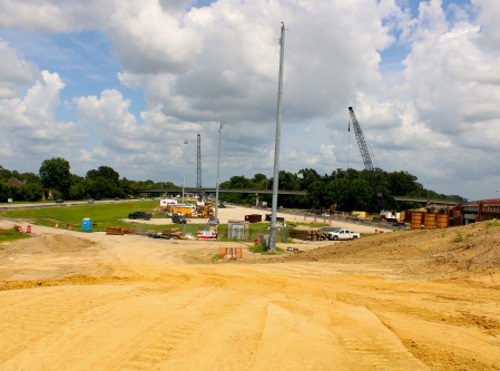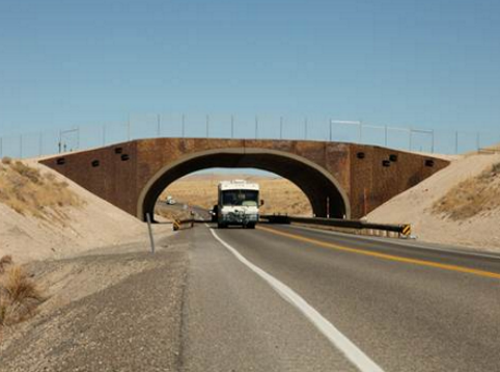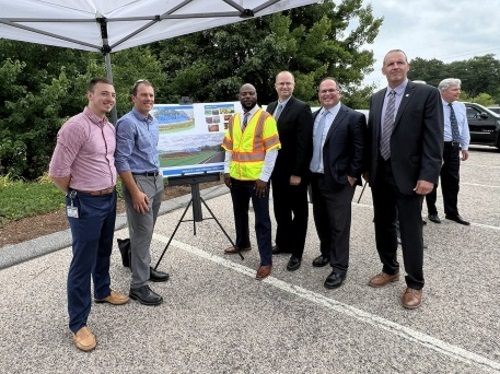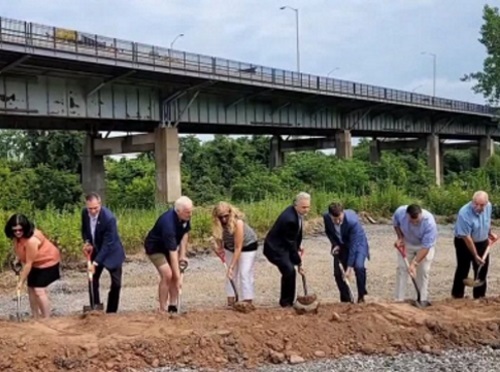The Federal Highway Administration issued guidance on July 29 for a new $7.3 billion in formula funding created by the $1.2 trillion Infrastructure Investment and Jobs Act or IIJA enacted in November 2021 to help states and local communities better prepare for and respond to extreme weather events such as wildfires and flooding.
[Above photo by the KYTC]
The Promoting Resilient Operations for Transformative, Efficient, and Cost-Saving Transportation or “PROTECT” program provides funding over five years to help states focus on resilience planning, making resilience improvements to existing transportation assets and evacuation routes, and addressing at-risk highway infrastructure.
In general, eligible projects include highway and transit projects, bicycle and pedestrian facilities, and port facilities including those that help improve evacuations or disaster relief. States are encouraged to work with regional and local partner organizations to prioritize transportation and emergency response improvements, as well as address vulnerabilities, noted Stephanie Pollack, deputy administrator for the Federal Highway Administration.
“We see the effects of climate change and extreme weather play out across the country every week, with extreme temperatures and rainfall and resulting flooding and wildfires that damage and in some cases destroy roads, bridges, and other transportation infrastructure,” she said in a statement. “The PROTECT Formula Program will help make transportation infrastructure more resilient to current and future weather events and at the same time make communities safer during these events.”
FHWA said eligible resilience improvements could involve adapting existing transportation infrastructure or new construction to keep communities safe by bolstering infrastructure’s ability to withstand extreme weather events and other physical hazards that are becoming more common and intense. Eligible project choices may include the use of natural or green infrastructure that acts as a “buffer” against future storm surges and provide flood protection, as well as aquatic ecosystem restoration.
PROTECT projects can also help improve the resilience of transportation networks that serve traditionally underserved and underrepresented communities, particularly during natural disasters and evacuations, the agency noted.
FHWA added that its new guidance applies to the PROTECT formula program only, with the agency planning to release a notice of funding opportunity for the program’s discretionary grant initiative later this year.
State departments of transportation consider formula funding to be a critical aspect of national efforts to improve infrastructure resiliency.
Edwin Sniffen, deputy director of highways for the Hawaii Department of Transportation, highlighted that viewpoint in a Senate Committee on Appropriations hearing in May 2021.
Sniffen – who also serves as chair of the American Association of State Highway and Transportation Officials Committee on Transportation System Security and Resilience – said that traditional formula funding processes play a key role in helping states implement resiliency plans.
“When considering funding for resilience, the current core formula program eligibility could be expanded to consider resilience improvements,” he said. “Or formula funding could be set aside to focus on resilience-related planning, coordination, and evacuation; or, a discretionary grant program for adaptation strategies could be established.”
Sniffen added that additional funding and an expedited project delivery process would “greatly aid” getting more resilience initiatives out of the theoretical stages and into practice on the nation’s streets, bridges, runways, and harbors.
“The Hawaii DOT is currently approaching building resilience into our systems using a variety of approaches, including pursuing green infrastructure such as carbon mineralized concrete and adding recycled plastics to asphalt mixes,” he noted. “Investing in resilient infrastructure on a federal level will enable us and other transportation agencies to implement better and greener infrastructure.”



